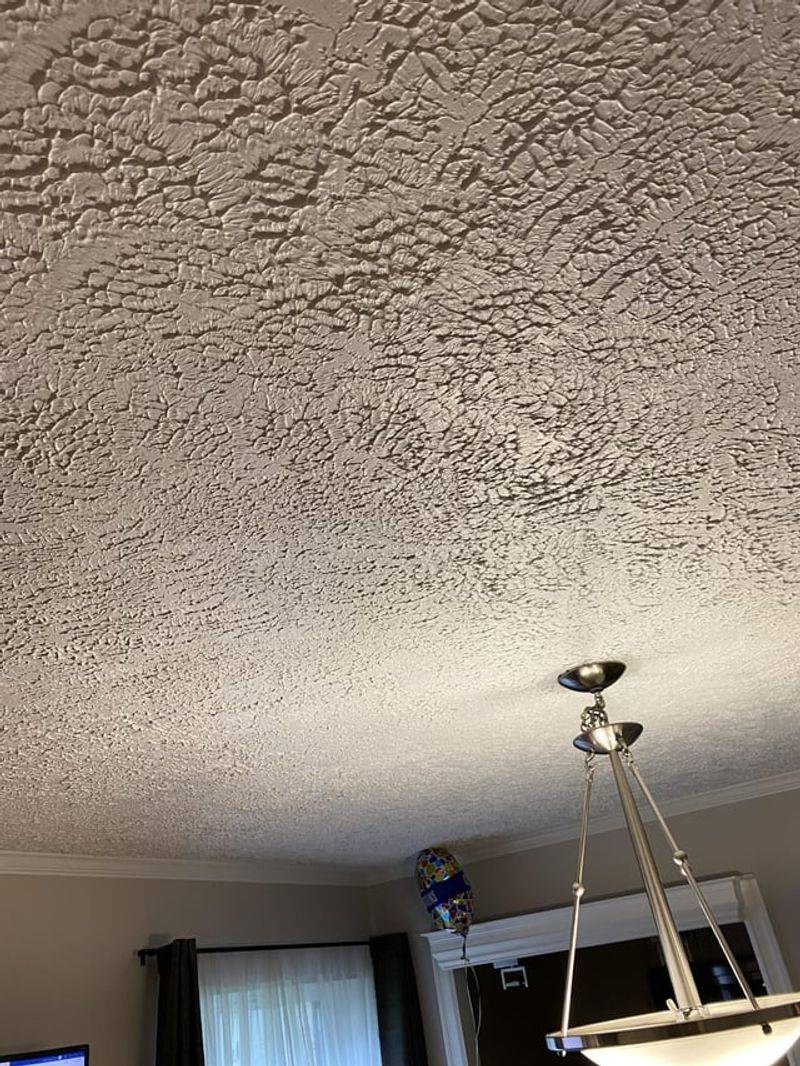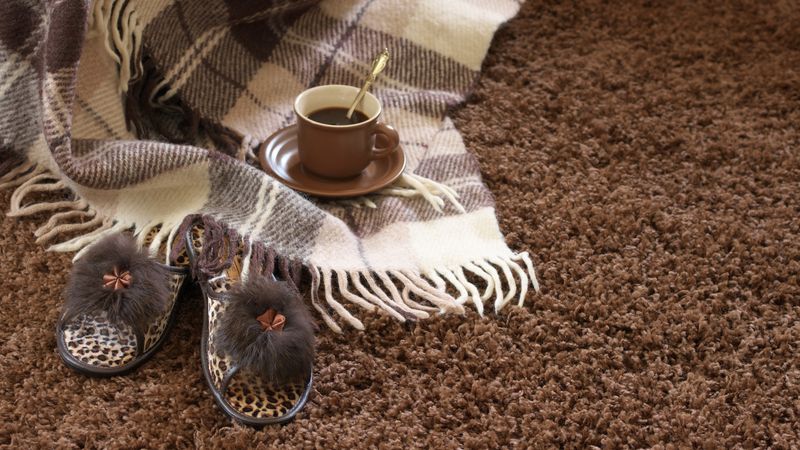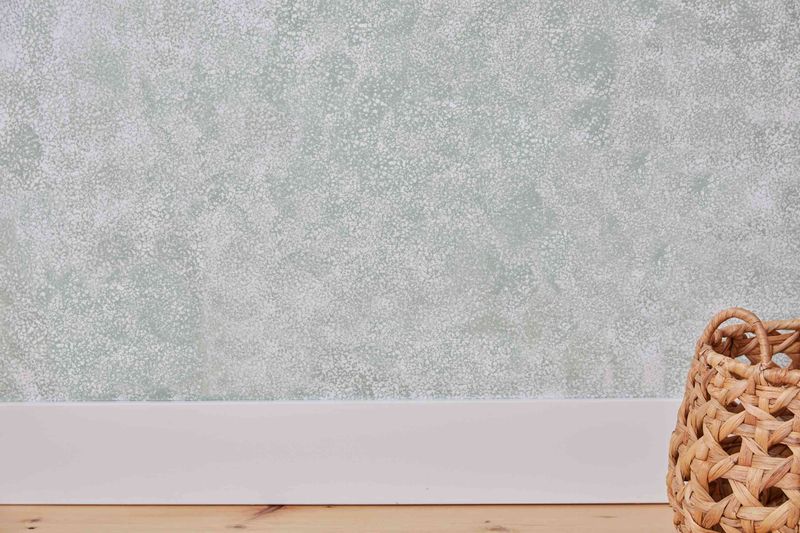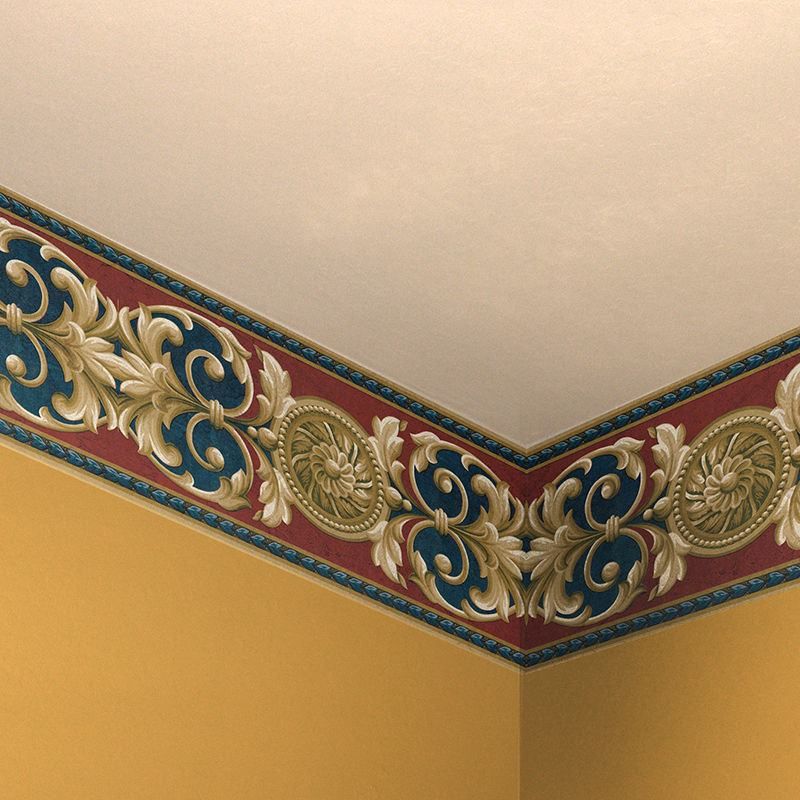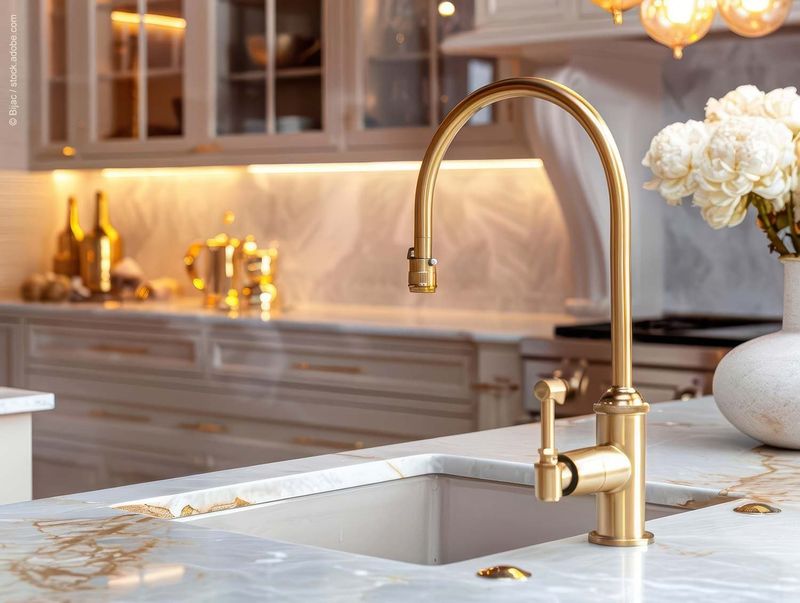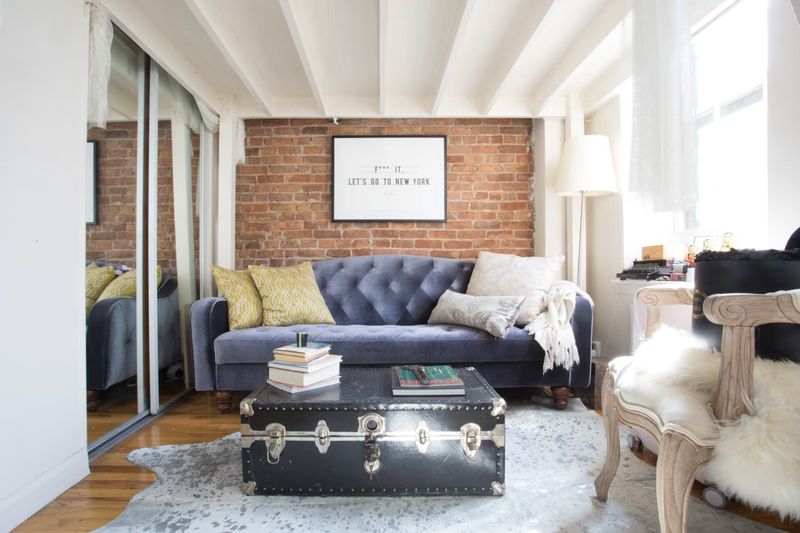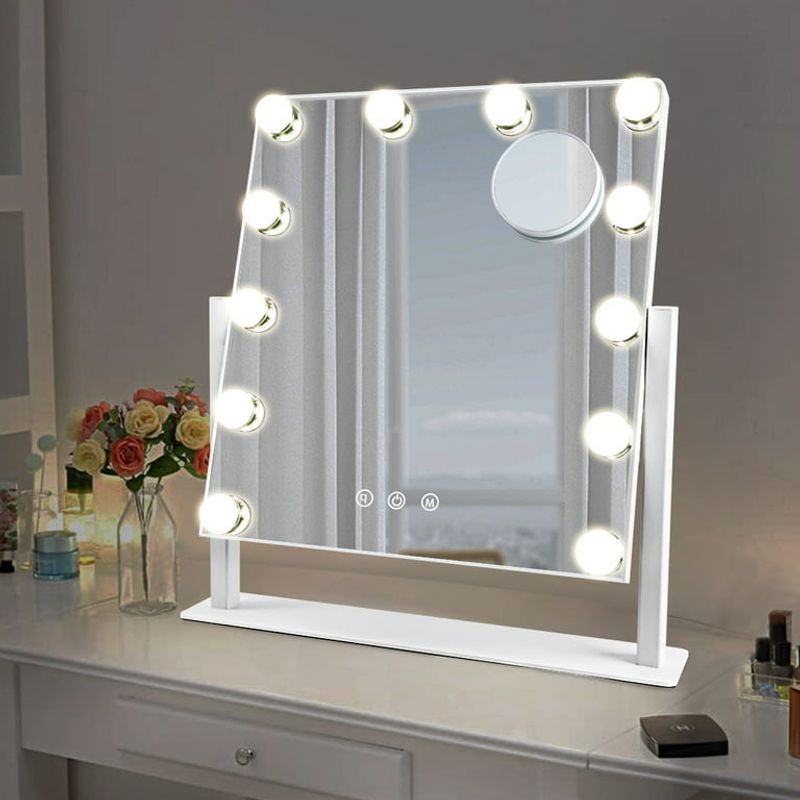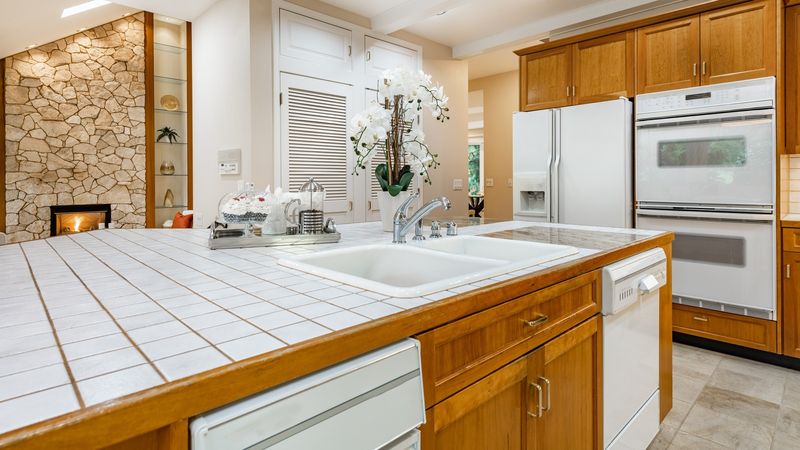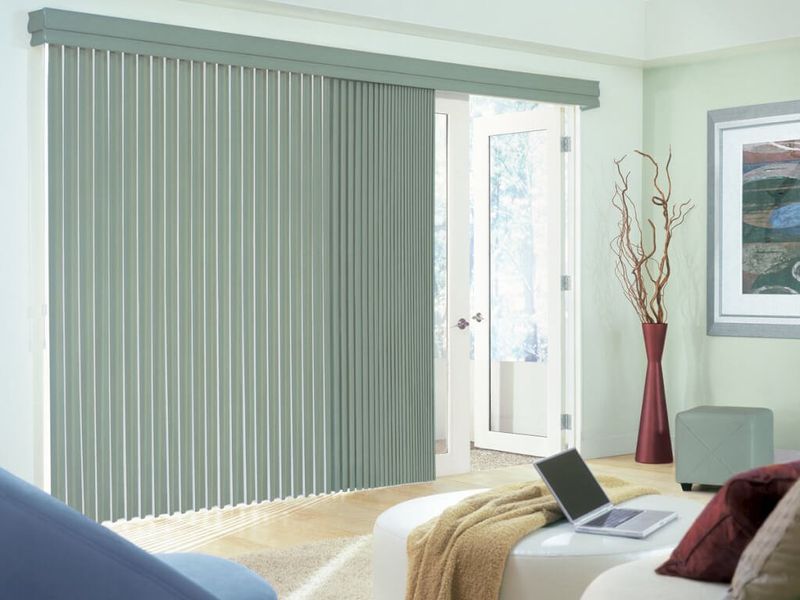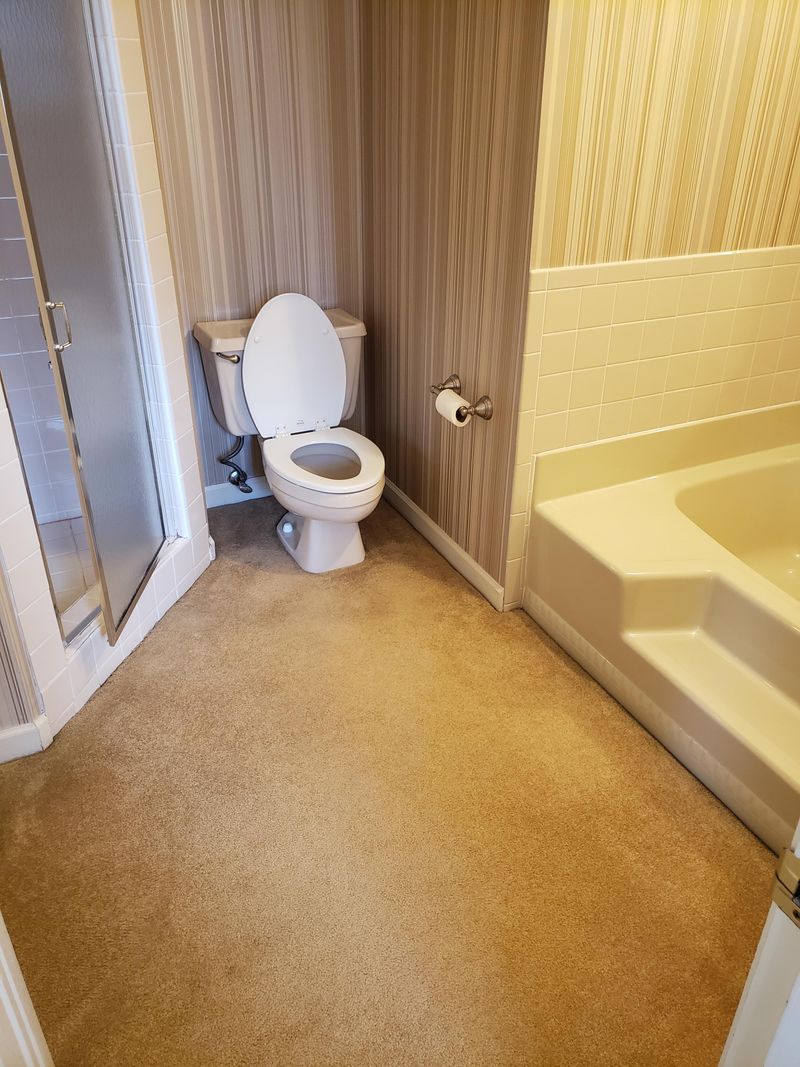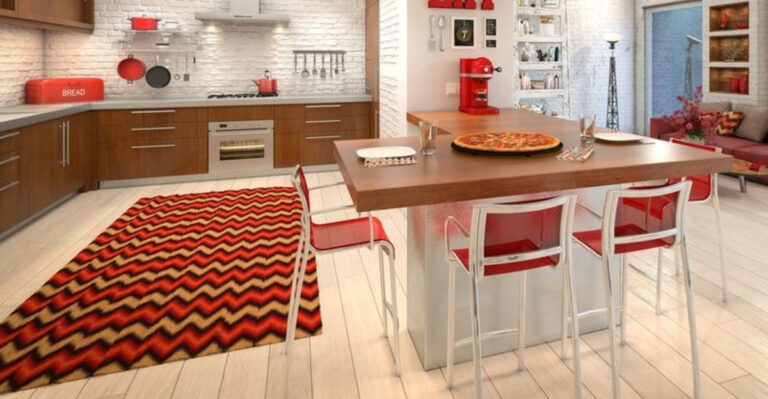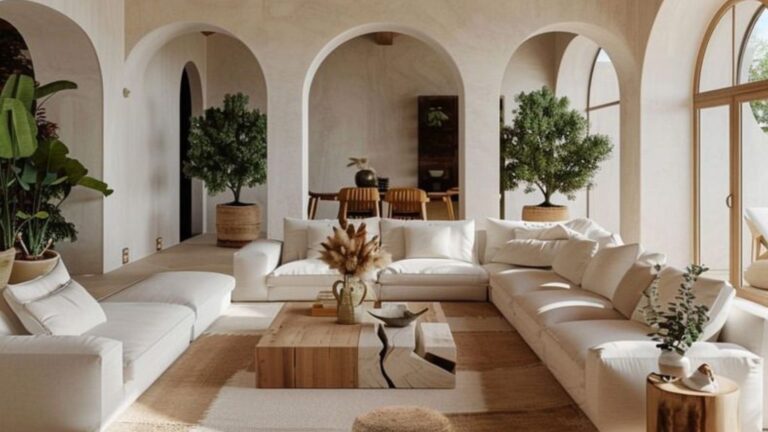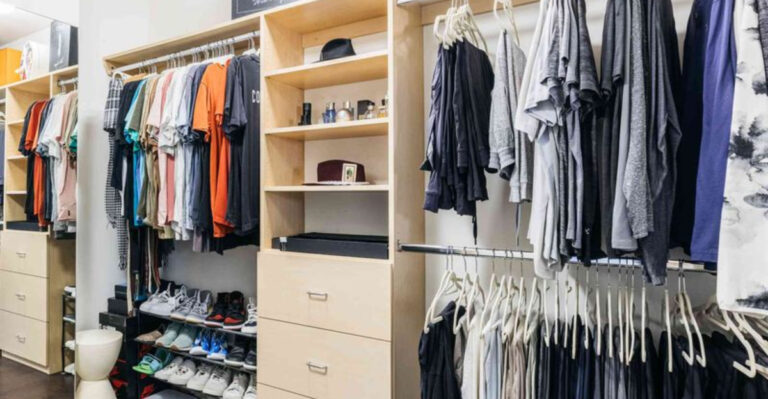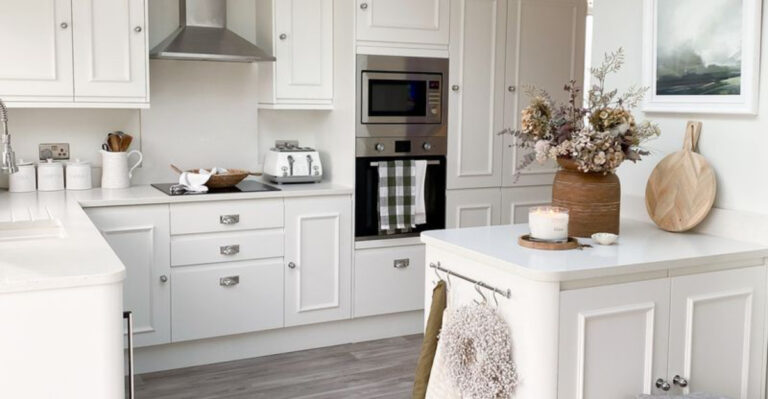10 Old-School Home Features That Should Never Make A Comeback (And 5 That Never Should Have Been A Thing), According To Pros
Nostalgia can be charming – but not every home feature from the past deserves a second chance. According to design pros, some old-school elements are best left in the history books, no matter how trendy they once were.
These features often clash with modern living, create more problems than they solve, or simply never looked good to begin with. And while a few may still hold sentimental value, they’re far from practical (or stylish) today.
Here are 10 outdated home features that should stay gone – and 5 that probably never should’ve existed in the first place.
1. Popcorn Ceilings
Ever looked up and wondered why anyone thought spraying cottage cheese on the ceiling was a good idea? Popcorn ceilings were all the rage in the mid-20th century, primarily because they hid imperfections and dampened noise.
Unfortunately, many contained asbestos before the 1980s, making them a health hazard. Today’s designers unanimously agree these textured nightmares collect dust, are nearly impossible to clean, and make rooms feel instantly dated.
2. Avocado Appliances
Nothing screams “time capsule” quite like walking into a kitchen with avocado green refrigerators, stoves, and dishwashers. This iconic 1970s color choice, along with harvest gold and burnt orange, dominated kitchens for nearly a decade.
Interior designers today cringe at these dated hues. Beyond their questionable aesthetics, these vintage appliances lack energy efficiency and modern features. While retro charm has its place, professionals recommend leaving these colorful monstrosities in the past where they belong.
3. Shag Carpeting
Running your fingers through inch-deep carpet fibers might have been groovy in 1972, but today’s pros say shag carpeting deserves to stay buried in the disco era. Those ultra-deep fibers trap astronomical amounts of dust, allergens, pet hair, and spills.
Cleaning these fuzzy floors requires specialized equipment and endless patience. Modern homeowners prefer low-pile options or hard flooring with area rugs for both practical maintenance and contemporary aesthetics. Your vacuum cleaner and sinuses will appreciate the upgrade.
4. Sponge-Painted Walls
If you’ve ever walked into a room and felt like you were inside a moldy piece of cheese, you’ve experienced the joy of sponge-painted walls. This faux-finish technique from the 1990s was supposed to add texture and visual interest.
Instead, it created busy, often garish surfaces that dated almost immediately. Professional painters now roll their eyes at these labor-intensive finishes. Modern design favors clean, smooth walls with carefully chosen accent features rather than all-over textural treatments that overwhelm a space.
5. Wallpaper Borders
Remember those strips of floral or country-themed wallpaper running along the top of walls? As if announcing, “This is where the wall ends, folks!” These decorative borders were inescapable in 1980s and 90s homes.
Interior designers today consider them outdated visual clutter that chops up rooms and creates awkward transitions. Modern design philosophy emphasizes clean lines and cohesive surfaces. If you’re still living with dancing geese or heart-and-vine borders, designers unanimously recommend grabbing the steamer.
6. Brass Everything
Gleaming like C-3PO’s distant relatives, shiny brass fixtures dominated homes throughout the 1980s. From doorknobs and cabinet pulls to bathroom faucets and lighting, this high-shine metal was unavoidable.
While some metal finishes cycle back into fashion, designers specify that the ultra-shiny, lacquered brass of yesteryear should remain retired. Today’s metal trends favor brushed or aged finishes with more subtle character. Those fingerprint-magnet brass fixtures that turn green around the edges? Time for an upgrade.
7. Mirrored Walls
Who needs accurate self-perception when you can have infinite reflections of yourself from every angle? Mirrored walls reached peak popularity in the 1970s and 80s, supposedly making small spaces feel larger.
Interior designers today rank them among the most dated and difficult features to remove. Beyond creating a disorienting funhouse effect, they show every fingerprint and smudge.
8. Tuscan Kitchen Theme
Mamma mia! Those faux-finished walls in burnt sienna with grape vine stencils and wrought iron everything were once the height of kitchen sophistication. The Tuscan kitchen trend exploded in the early 2000s, bringing heavy Mediterranean vibes to suburban homes everywhere.
Today’s kitchen designers have firmly moved on from this themed approach. The combination of dark cabinets, busy granite, and ornate details now feels overwhelming and dated. Modern kitchens favor cleaner lines, lighter colors, and authentic materials rather than theatrical interpretations of Italian villas.
9. Hollywood Dressing Room Lights
Feeling like a starlet every time you apply mascara might seem glamorous, but those globe-surrounded vanity mirrors have fallen firmly out of fashion. Popular from the 1950s through the 1980s, these bathroom fixtures cast unflattering shadows while consuming excessive energy.
Modern lighting designers prefer even, layered lighting that mimics natural daylight. Today’s vanity lighting options provide better illumination for grooming tasks without the dated showbiz aesthetic. Those exposed bulbs also collected impressive amounts of dust and makeup residue.
10. Tiled Bathroom Walls
Feeling like you’re showering inside a giant checkerboard? You might be dealing with the floor-to-ceiling 4×4 square tile treatment that dominated bathrooms for decades. These expanses of tile – often in pastel pink, mint green, or powder blue – were standard in mid-century homes.
Bathroom designers now use tile more strategically, limiting it to wet areas or feature walls. The overwhelming grid pattern of small tiles with prominent grout lines creates visual busyness and maintenance headaches. Modern bathrooms feature larger format tiles or mixed materials for more timeless appeal.
1. Tile Countertops
Nothing tests your patience quite like trying to clean spaghetti sauce out of grout lines on a kitchen counter. Ceramic tile countertops had their heyday in the 1970s and 80s, offering a seemingly practical and customizable surface.
Kitchen designers today unanimously reject them for their uneven surface (goodbye, stable wine glasses!) and hygiene concerns. Those grout lines become permanent stain collectors and bacterial breeding grounds.
Modern solid-surface options like quartz, granite, or even butcher block provide the durability without the cleaning nightmare.
2. Bathroom Carpet Toilet Covers
If you’ve ever wondered what collects more bathroom germs than any other surface, look no further than those fuzzy toilet seat covers and matching rug sets. These bathroom accessories were standard issue in many mid-century homes.
Hygiene experts and designers alike shudder at these impossible-to-clean germ magnets. Beyond the obvious sanitation concerns, they instantly make bathrooms look outdated. Modern bathroom design favors washable, water-resistant materials that don’t harbor bacteria or absorb unpleasant odors.
3. Overlapping Wallpaper Seams
Whoever decided wallpaper should overlap at the seams clearly never had to remove it! This installation technique from decades past created raised lines throughout papered rooms that collected dust and peeled over time.
Modern wallpaper hangers use butt-seam techniques that create nearly invisible transitions. Professional decorators note that these overlapped seams instantly identify an amateur installation or outdated home. Today’s wallpapers also feature improved adhesives and removal properties, sparing future homeowners the notorious nightmare of stripping layers of old paper.
4. Vertical Blinds
Nothing says “corporate office from 1985” quite like the constant clacking of vertical blinds. These plastic strips were once considered the sophisticated solution for sliding glass doors and picture windows.
Ask any designer today and they’ll tell you these dust-collecting nightmares belong in the trash. They break easily, never hang straight, and create annoying noise with the slightest breeze. Modern alternatives like panel curtains or cellular shades provide better function, aesthetics, and sound dampening for today’s homes.
5. Carpet in Bathrooms
Imagine stepping out of the shower onto plush carpet – sounds cozy until you consider what’s happening beneath the surface. Moisture and carpet create the perfect breeding ground for mold, mildew, and bacteria.
Health concerns aside, bathroom carpets quickly become stained and develop unpleasant odors. Professional designers universally reject this trend from the 1970s, recommending waterproof options like tile, vinyl, or engineered wood instead. Your respiratory system and houseguests will thank you.


